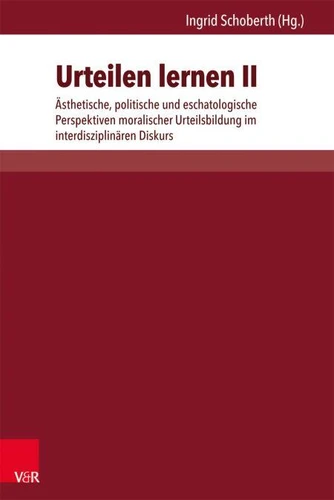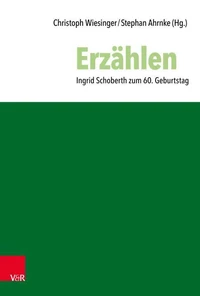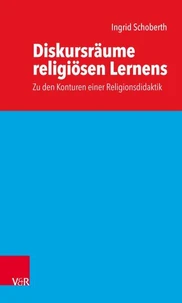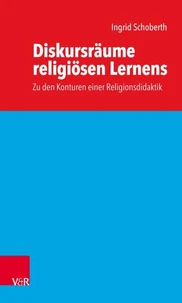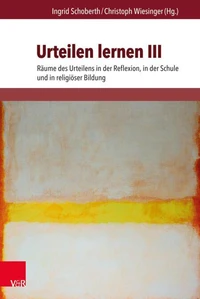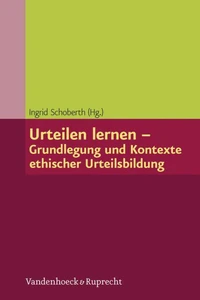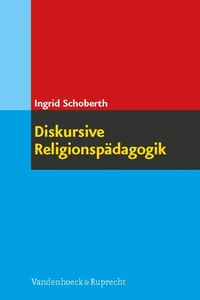Urteilen lernen II. Ästhetische, politische und eschatologische Perspektiven moralischer Urteilsbildung im interdisziplinären Diskurs
Par : , , ,Formats :
Disponible dans votre compte client Decitre ou Furet du Nord dès validation de votre commande. Le format PDF est :
- Compatible avec une lecture sur My Vivlio (smartphone, tablette, ordinateur)
- Compatible avec une lecture sur liseuses Vivlio
- Pour les liseuses autres que Vivlio, vous devez utiliser le logiciel Adobe Digital Edition. Non compatible avec la lecture sur les liseuses Kindle, Remarkable et Sony
 , qui est-ce ?
, qui est-ce ?Notre partenaire de plateforme de lecture numérique où vous retrouverez l'ensemble de vos ebooks gratuitement
Pour en savoir plus sur nos ebooks, consultez notre aide en ligne ici
- Nombre de pages335
- FormatPDF
- ISBN978-3-8470-0219-2
- EAN9783847002192
- Date de parution12/03/2014
- Protection num.pas de protection
- Taille3 Mo
- Infos supplémentairespdf
- ÉditeurV&R Unipress
Résumé
Learning to Form Judgements" is a continuation of reflections on the foundations and contexts of learning to form judgements discussed in the first volume ("Urteilen lernen - Learning to Form Judgements") and seeks out the perspectives of moral judgement formation that manifest themselves in the scholarly analysis of judgement. In addition to the interdisciplinary and inter-religious orientation, the main focus is on the ways in which children and young people learn to form judgements.
How can learning processes be structured to support children in developing the competence to judge? Clearly, this task cannot be accomplished without profound reflection. From the perspective of religious education, Volume II attempts to achieve this and endeavours to address the complexity of the question from an aesthetic, political and eschatological point of view."
How can learning processes be structured to support children in developing the competence to judge? Clearly, this task cannot be accomplished without profound reflection. From the perspective of religious education, Volume II attempts to achieve this and endeavours to address the complexity of the question from an aesthetic, political and eschatological point of view."
Learning to Form Judgements" is a continuation of reflections on the foundations and contexts of learning to form judgements discussed in the first volume ("Urteilen lernen - Learning to Form Judgements") and seeks out the perspectives of moral judgement formation that manifest themselves in the scholarly analysis of judgement. In addition to the interdisciplinary and inter-religious orientation, the main focus is on the ways in which children and young people learn to form judgements.
How can learning processes be structured to support children in developing the competence to judge? Clearly, this task cannot be accomplished without profound reflection. From the perspective of religious education, Volume II attempts to achieve this and endeavours to address the complexity of the question from an aesthetic, political and eschatological point of view."
How can learning processes be structured to support children in developing the competence to judge? Clearly, this task cannot be accomplished without profound reflection. From the perspective of religious education, Volume II attempts to achieve this and endeavours to address the complexity of the question from an aesthetic, political and eschatological point of view."

